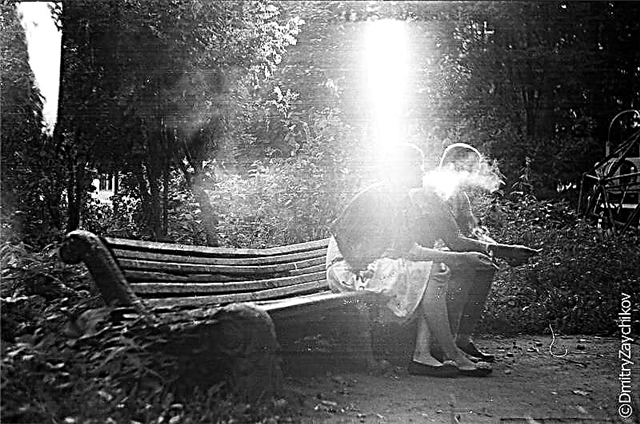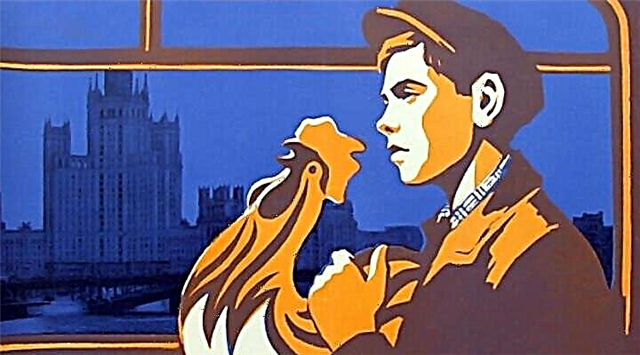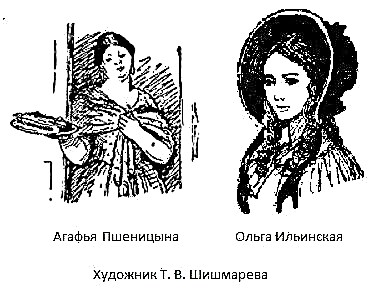Russian history knows M.Yu. Lermontov, not only as a brilliant writer, but also as an officer who valiantly defended the fatherland during the Caucasian wars. How did the poet who fought for her see the homeland? The poem "Homeland" will help to answer this question.
History of creation
Lermontov's favorite place was the Caucasus. The poet had a chance to visit him not only of his own free will, but also because of his duty. The writer planned to end his military career in order to devote himself to literature without a trace. Having obtained a vacation, Mikhail Yurievich left the Tenginsky Infantry Regiment and went to Petersburg to work on his resignation. On the way from the Caucasus to the capital, the poem "Homeland" was written.
The author had the opportunity during the journey to take a different look at the country, and also had time on a long road and to reflect on the fate of Russia. There is a version that the poem was originally called "Fatherland" and was conceived as an answer to the work of the poet Khomyakov, where the author urges not to be proud of conquests, but to remember the highest destination.
Genre, direction and size
The tradition of addressing the theme of the motherland dates back to the works of the first classical Russian poets - Trediakovsky and Lomonosov. The poem is written in the genre of the Duma, which dates back to the poetry of the Decembrists, in particular to the work of K.F. Ryleeva. For many years, philosophical lyrics attracted Lermontov, it is in this vein that one of his last works was written.
In the late period of creativity, the poet departs from some of the rules of strict syllabo-tonic versification. So, in this poem, Mikhail Yuryevich uses a free iambic, and he chooses different rhyming methods: cross, double and ring. All this indicates the improvisational nature of the work.
Composition
The composition of the poem is two-part. In the beginning, Lermontov declares his love for his homeland, but immediately explains that his patriotism is different from the generally accepted one. The leitmotif of the first part is denial. The turning point occurs with the help of the opposing union “but”:
But I love - for what, I don’t know myself
Further Lermontov enthusiastically tells that for him there is a real Russia. This is evidenced by the repeated "love", as well as the detail "with joy ... I see."
The two-part composition allows the author to most clearly emphasize the contrast of the contrast. You may notice that the components of the poem are not equal, but this is hardly a structural flaw. Quite the contrary: this is the author’s way of telling us that our country is much more beautiful than it is customary to think, it’s just that you need to be able to see its charm not only in achievements, but also in household details.
Images and Symbols
The image of the homeland is two-faced: on the one hand, it is romantic, on the other - realistic. Most often, the country is praised for military successes, following traditions, a great history. Lermontov does not deny that this whole set of qualities is inherent in Russia, but this is only the appearance. There is also an internal image of the homeland, which also deserves attention.
It is noteworthy that Lermontov is one of the first poets who turned to the birch as a symbol of Russia. This line will be continued by the authors of the twentieth century, especially S. Yesenin.
This poem is probably written at night or late in the evening. The image of the night is created by the frequent mention of this time of day (night shadow, until midnight, overnight), as well as indirect indicators: cold, village lights.
The lyrical hero has a sensitive heart, he is perceptive and able to admire trifles. He is not attracted to the outer mask, he is able to see what few are able to notice. Therefore, his joy is "unknown to many."
Themes and Issues
- Homeland theme revealed in a poem in a deromantized manner. The author seeks to represent the homeland in its true guise, which does not include greatness and valor, but country roads, villages, and stubble.
- Present in the poem and motive of loneliness. The lyrical hero admits his incomprehensibility, few people are able to understand him. The poet’s love for his homeland is different from the feeling that most of his compatriots feel, because he sees the country very differently and feels the spirit of the people.
- Values Problem rises by the author. He sees the main advantage of the country not in the rich treasury, but in the full threshing floor of ordinary peasants. He is glad that the wheat was harvested, and that the year was fruitful. In comparison with this, N. Nekrasov’s poem “Uncompressed Strip” is recalled.
Meaning
The idea of the poem is to offer the reader a different view of the homeland. The poet depicts the landscapes of his country, the national spirit. The strangeness of Lermontov’s love for his homeland is manifested in the fact that he likes not only the positive side: forests, rivers, holidays, but also the negative side: cold steppes, sad villages. The poet loves his homeland absolutely for everything, sincerely, with all his heart.
The main idea of the poem is that chanting in poems is worthy not only of great victories, discoveries or acts of a state scale, but also simple life trifles. They also need to see the beautiful and read them. The poet is firm in his convictions; he will not be seduced by “glory bought by blood” or “treasured traditions”.
Means of artistic expression
Epithets in Lermontov’s poem serve as important clarifying elements, add additional meanings to the depicted objects. Why is the “silence of the steppes” precisely “cold”? This may indicate a harsh climate, as well as indifference. It is interesting to observe how the enumeration of objects affects artistic means: the author thinks of forests, rivers, and the first gives the definition of "vast", and compares the rivers with the seas. But not only the association uses the poet. Like a painter, he paints images: yellow cornfield, whitening birches.
The author also turns to personifications: the silence of the steppes, piercing with their eyes, the legends do not move. Lermontov uses a mixed path - personifying the epithet (sad villages, trembling lights).
A figure of speech such as anaphora helps to build the composition of the poem, but it is used in the first part and at the beginning of the second.
Criticism
V.G. Belinsky considered the "Homeland" the most beautiful poem and put it on a par with the masterpieces of A.S. Pushkin. In general, the critic criticized Lermontov’s later work very highly.
For the tradition of Russian literature, "Homeland" is also of great importance. If in the era of classicism pompous praises of the country in odes were adopted, then romanticism offers a completely different, subjective perception of the homeland. Lermontov continues the line begun by Byron, his work “England”, on Russian soil Pushkin continues this tradition in The Bronze Horseman and admirer Lermontov Yakubovich in the poem “I Love Don, Your Pages ...”. What was new to these authors was not praise, but a declaration of love for the motherland.












